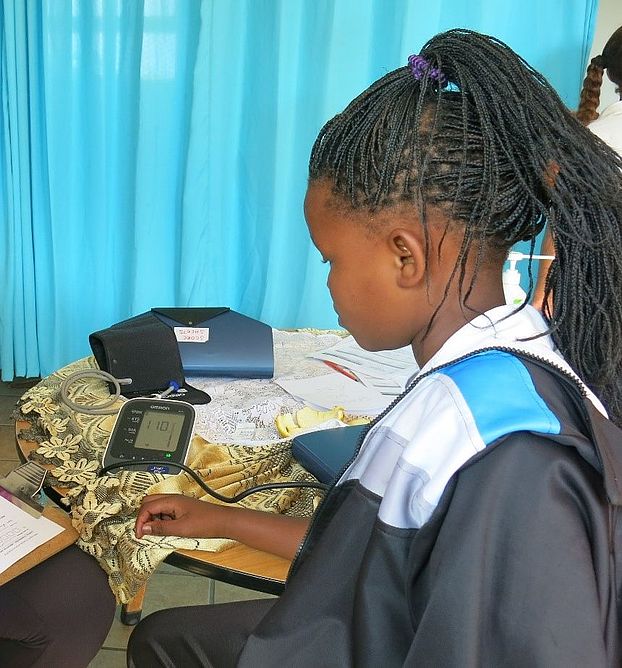There is a need to develop standardized and inclusive norms for the identification of pediatric hypertension in South Africa

African children are underrepresented in international blood pressure management guidelines, leading to a potential misidentification of their cardiovascular risk - Results from the KaziBantu study
Pediatric hypertension is an increasing public health issue, yet, prevalence estimates are scarce and heterogeneous among disadvantaged communities from Sub-Saharan Africa. Age-, sex-, and height-adjusted normative tables are the ‘gold’ standard for the identification of hypertension in children worldwide. However, it remains unclear whether the use of international standards is appropriate for all contexts.
We aimed to apply different blood pressure references (American, German, and global normative tables, as well as pseudo-normative data from the own KaziBantu population) to blood pressure measures from 8-16 years old South African school-aged children from disadvantaged communities. We then compared their association with cardiovascular risk markers such as body mass index (BMI) and isolated systolic hypertension. This study was conducted by the three partner institutions DSBG (Uni Basel), HMS (NMU) and the Swiss TPH and was supported by the Novartis Foundation and the Swiss National Science Foundation.
We encountered differences in hypertension prevalence depending on the guideline used for its classification. While hypertension estimates were lowest (11.4%) when normative data from the own KaziBantu study was used, German guidelines yielded the highest estimate at almost 30%. Interestingly, when looking at cardiovascular risk, the American and global references showed the highest prediction of hypertension stage 2 risk with increasing BMI-for-age levels. American and global guidelines could too better identify high systolic blood pressure.
Because environmental and socioeconomic factors influence blood pressure, applying norms to different contexts must be done with caution. Considering the heterogeneity of results, we advocate for the development of normative tables that are representative of marginalized populations and the definition of clinically relevant cutoffs that are based on longitudinal studies.
For more details:
Arnaiz P, Müller I, Seelig H, Gerber M, Bosma J, Dolley D, Adams L, Degen J, Gall S, Joubert N, Nienaber M, Nqweniso S, Aerts A, Steinmann P, Randt Rd, Walter C, Utzinger J and Pühse U (2022) Practice Change Needed for the Identification of Pediatric Hypertension in Marginalized Populations: An Example From South Africa. Front. Pediatr. 10:877431. doi: 10.3389/fped.2022.877431
